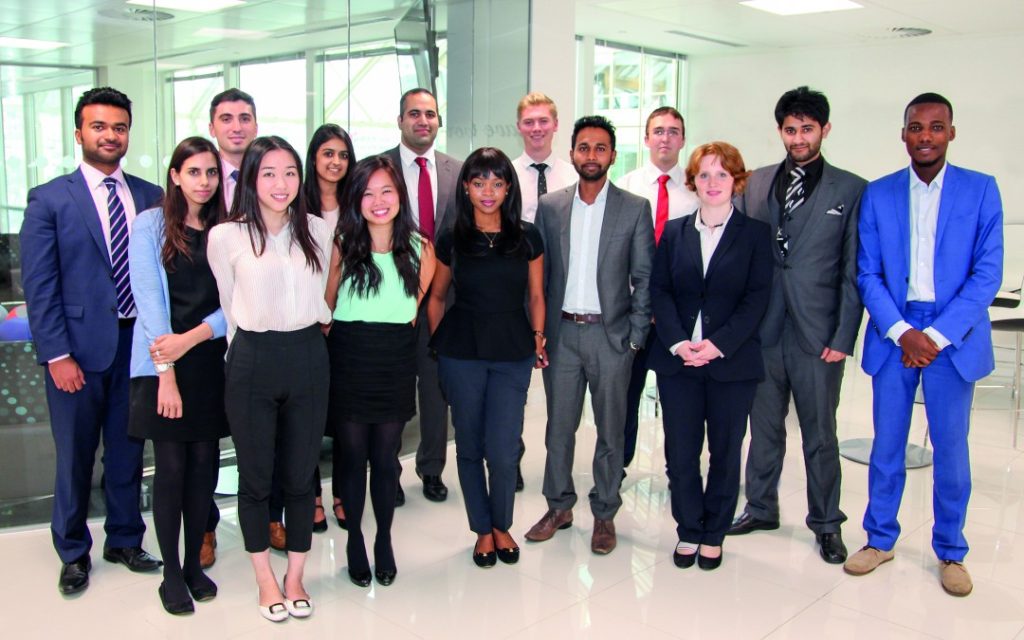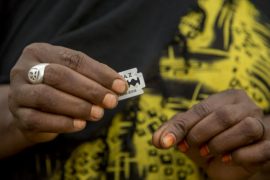By: Linette Lim
Women make up just a third of the booming tech industry’s workforce. The question is, how far does gender bias from the time they are in school play a part? In 2008, Fiona Tay made history by becoming the first female to win the Singapore Physics Olympiad. Fast-forward eight years, and she is still challenging gender stereotypes, although she is nowhere to be found near a physics lab.
These days, Ms Tay can be found writing code in San Francisco, where she works as a software engineer. In 2014, she led a mobile website revamp for short-term rentals giant Airbnb – no mean feat for someone who was 24 at the time.
But for female software engineers like her, being at the top of the game can be lonely.
“I don’t even go to Singaporean meet-ups in San Francisco because all the people attending are male programmers who love talking about the latest start-up or technology, and I’m just not into it,” Ms Tay, 26, says.
Globally, only around a third of employees at tech juggernauts like Google and Apple are women, based on worldwide employee data reported for 2015.
This gender ratio is mirrored in the Singapore workforce, according to the 2014 manpower survey by the Infocomm Development Authority of Singapore (IDA) which showed a 30-per-cent female representation in tech.
FEMALE UNDER-REPRESENTATION BEGINS IN SCHOOLS
“Some people believe it’s a pipeline problem – that you’re just not having enough women standing up or wanting to do tech,” says Adrianna Tan, the 30-year-old Singaporean founder of Indonesia-based micro-business start-up Wobe.
“Other people believe that the entire system has been set up to benefit what we call the ‘tech bros’” – a disparaging term for men in tech with bigoted, misogynistic views. “I think it’s somewhere in between, it’s a systemic thing,” Ms Tan says.
The tech gender imbalance appears to start to develop even before women enter the workforce.
At the Nanyang Technological University for example, female undergraduates make up only 27 per cent of the 2015/2016 computer science programme, despite accounting for half of all undergraduates across the institution.
Similarly, the National University of Singapore (NUS) has a 50:50 gender split in the student body, but only 32 per cent of current undergraduates in its School of Computing are female.
But while the numbers are imbalanced, the culture within these departments does not discriminate against females, notes Huang Feixue, a Year Two undergraduate at the NUS School of Computing.
“The culture in School of Computing is such that as long as you are willing to learn and put in effort, you will not be left behind,” she says.
MISSING OUT ON THE ‘NEW IRON RICE BOWL’
As of 2014, Singapore’s infocomm industry raked in S$167 billion in revenue and employed 150,200 people. The numbers look set to grow, with the Government identifying tech as a key economic growth driver.
Over the next five years, Singapore has committed S$19 billion for research, innovation and enterprise activities. It also has a vision to become a hyper-connected Smart Nation.
The gender imbalance in tech could mean women risk missing out on career opportunities in an economy in which tech is increasingly important.
“Programming jobs are the new iron rice bowl. As a new graduate back in 2012, I made twice what my mom as an accountant used to make,” says Ms Tay, adding that mid-level software engineers can make US$120,000 to US$160,000 a year (that’s S$13,550 to S$18,070 a month), excluding equity grants.
Beyond possible missed opportunities at the individual level, the gender imbalance could have deeper implications.
Associate Professor of Computer Science Ben Leong, who teaches at the NUS School of Computing, says: “STEM (Science, Technology, Engineering and Mathematics) is very important for the economy. The imbalance means that we have talent who could potentially contribute to the STEM talent shortage, but who are not doing STEM.”
GENDER BIASES LEAD TO UNEQUAL OPPORTUNITIES
To Ms Tay and others like her, the gender imbalance highlights societal issues, as girls have traditionally had less access and exposure to tech.
Ms Ong Yuh Shin, a Seattle-based software development engineer at a Fortune 500 tech firm, says she experienced a lack of exposure to education in technology at the primary and secondary school level.
“For some reason, I wanted to learn to write code,” says Ms Ong, a Nanyang Girls’ High School alumnus. “The teachers did as much as they could to help, but given the level of interest across the school, it was not reasonable to expect dedicated resources for coding classes. So, most of it was left up to me to learn whatever I could from the library or Internet,”
She adds: “I think there is a gender bias when it comes to the types of technology children are exposed to, which may explain why most of my schoolmates just weren’t interested enough – whereas our ‘brother’ school (The Chinese High School) had students going for programming competitions.”
The 29-year-old, who topped the NUS Computer Science programme in 2010, may be interested to hear that some schoolgirls today still have the same complaints about the lack of exposure to tech.
“Girls get fewer opportunities in general, I think. If you look at our ‘brother’ school, ACS (Anglo-Chinese School (Independent)), they have computer science as a subject but MGS doesn’t,” says Mannat Johal, a Secondary Four student at Methodist Girls’ School.
Assoc Prof Leong – who acts as an advisor to 21C Girls, a non-profit group offering free coding classes to girls – agrees that certain gender biases or stereotypes have been internalised by children growing up.
“I’m helping to train MOE (Ministry of Education) teachers to offer ‘O’ Level Computing next year. Along the way, I have spoken with some teachers and principals of all-girls schools and they tell me that their girls are only interested in art and drama, not Computer Science,” he says.
He adds: “There’s no reason in my view why men can do STEM better than women. My PhD advisor Barbara Liskov won the Turing award (the Nobel-equivalent for Computer Science). Girls routinely end up topping the Computer Science Department.”
IMPACT OF ‘TECH BRO’ CULTURE
Some women in tech, like 29-year-old freelance UX (User Experience) designer Nicole Tay, do not see the imbalanced gender ratio translating into negative outcomes such as sexism or overt gender discrimination.
“I don’t feel like there’s gender inequality even though I work with a lot of guys. I’m used to it,” she says, noting that fewer than three of the clients she has worked with in the last four years featured females in key decision-making roles.
But 21C Girls founder Ayesha Khanna feels that such thinking is typical of successful female tech individuals brought up in a society that champions meritocracy and egalitarianism.
“At an individual level, the elites may not notice that the lack of gender diversity is a problem. That doesn’t mean the problem doesn’t exist. She has no idea of the 10, 15 other girls who might have been in her class, but are not there because of systematic, cultural bias,” says the 42-year-old.
Overall, the majority view among the six female tech professionals Channel NewsAsia spoke to is that the tech gender imbalance is a problem – although they differ on the severity of the problem and its consequences.
Source: Channelsnewsasia.com




